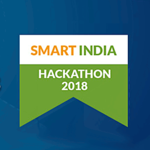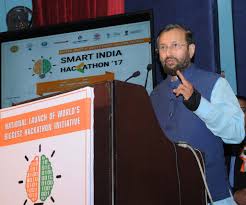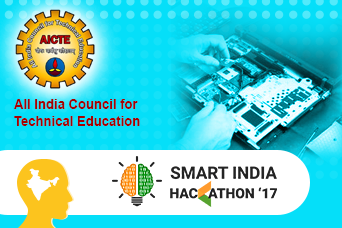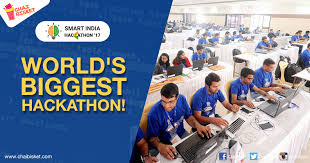Building India’s Future with Open Innovation
Published Nov-19-18Breakthrough:
A new way to prevent drones from entering restricted areas and other innovative ideas take home the prizes at a nationwide open innovation event in India.
Company:
The Government of India, India
The Story:
 To help solve some of India's most pressing problems and at the same time encourage the next generation of problem solvers, the Indian government hosts a nationwide hackathon for students called the Smart India Hackathon. The first edition of this open innovation initiative took place in 2017 and more than 10,000 students participated.
To help solve some of India's most pressing problems and at the same time encourage the next generation of problem solvers, the Indian government hosts a nationwide hackathon for students called the Smart India Hackathon. The first edition of this open innovation initiative took place in 2017 and more than 10,000 students participated. Out-of-the-Box Thinking Required
They were tasked with coming up with digital solutions to numerous problem areas that had been suggested by such government ministries and departments as the Ministry of Tourism, the Ministry of Railways and the Ministry of Steel. Among the problems that needed addressing were:
• Designing solutions to shut down street lights during the day
• Developing an automatic ticket checking system for Indian railways
• Developing a solution to interconnect health care
• Developing a solution that helps solid waste management
“The scale and reach of Smart India Hackathon 2017 is unprecedented, for the first time so many different ministries/departments came together and posted their 598 problems for students seeking innovative solutions,” said government minister Shri Prakash Javadekar. He went onto to say that the government hoped to create the “world's biggest open innovation model” that other countries can replicate.
Participants submitted more than 7,000 ideas and those teams that made it through the first stage were invited to take part in the Grand Finale sessions which were held in 26 centers across India. Because the hackathon concept was relatively new at the time of this open innovation event there were online training sessions and awareness workshops throughout the country.
Each location hosted a nonstop 36-hour period of creative activity where students worked on building their ideas. To further inspire participants the country's prime minister addressed the Grand Finale sessions via a video conference.
Winning Ideas
Each location awarded prizes to the top three teams and among the winning ideas were:
A Geo-Fencing Box - a hardware system to prevent drones from entering restricted areas. It uses available GPS and RF systems and can override drones in the event of an intrusion.
A deep learning approach to identify medicinal plants from leaf images.
An Internet of Things based water surveillance system that calculates the chemical content of water inlets.
Gyaanuday - a web portal where students can highlight their work to venture capitalists, industrialists, scientists and others.
A visually controlled vehicle chair for disabled people - an electrooculography (EOG) based device that senses eye signals and uses them to develop a human to machine interface that controls the movement of a motorized chair thus giving disabled people more independence.
Making Ideas Happen
Each winning team received prize money and support to turn their ideas into startups.
Next Story »



